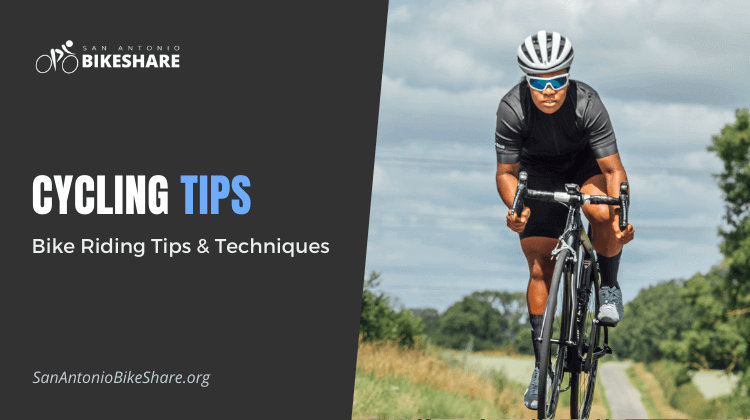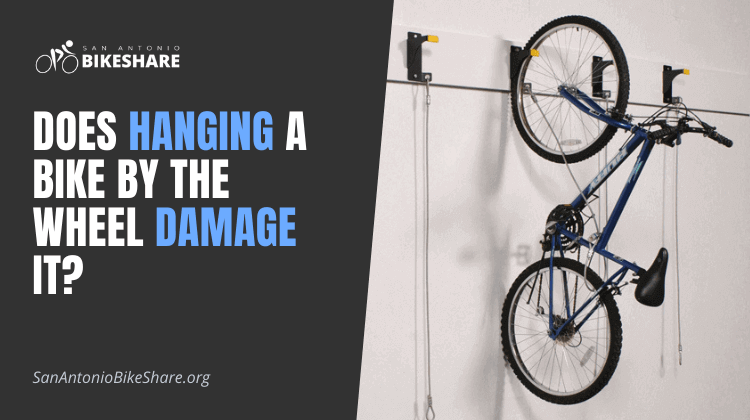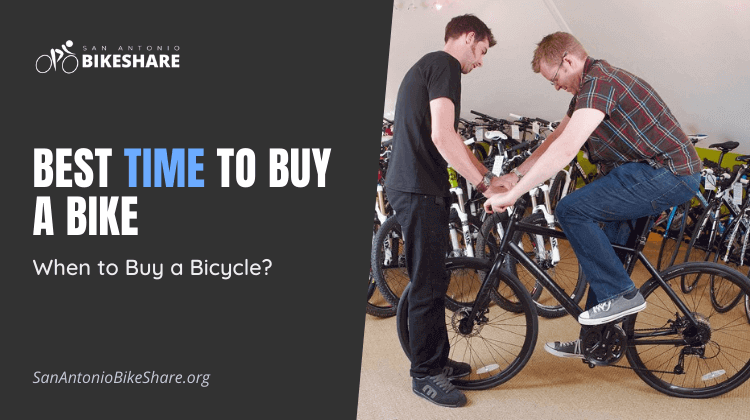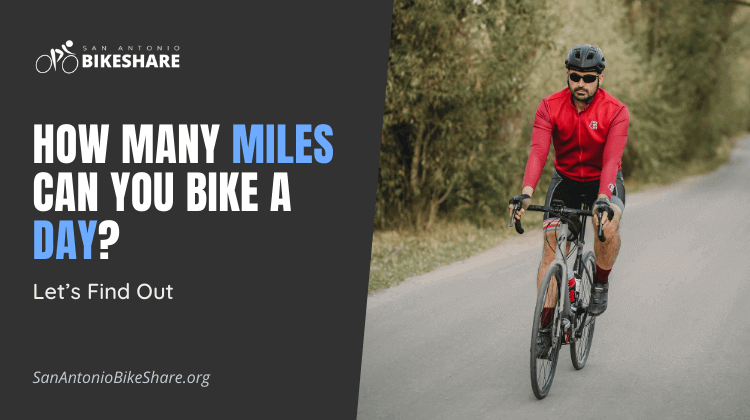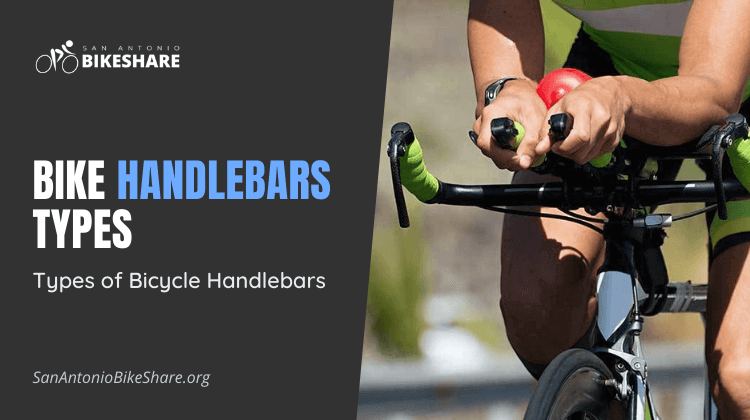Cycling Tips: Bike Riding Tips & Techniques
Cycling has increased in popularity as the best mode of transportation for many people over the last several decades (read more about the benefits here), but it has also quickly become a highly competitive sport and leisure activity.
Cycling began in Germany in the early 1800s, when Baron Karl Von Drais built the first two-wheeled human-powered conveyance device. However, as rules restricting their usage were enacted, the popularity of these devices gradually diminished.
Between 1965 and 1975, the most significant “bike boom” occurred, with about 7 million bicycles sold in the first five years in the United States alone, and more than doubling by 1974.
Bikes have successfully claimed and maintained their position in the twenty-first century and are found in many of the world’s major countries and continents, as well as in less developed civilizations.
In the United States, cycling has become a common part of our daily lives, with over 12.4 percent of the population participating in recreational or competitive cycling.
Here are some tips to assist you in getting started cycling, maintaining your safety, and enhancing your overall cycling experience.
Cycling Tips from Experts
Here, we share the best tips and techniques from cycling experts.
Cycling Gear & Maintenance
Make sure your bike is in good working order to ensure you have minimal to no problems on the road. This includes having the right cycling gear and keeping it in good working order. Pay close attention to the following critical points:
Cleaning and Oiling Your Chain Regularly
A filthy and muddy chain will impair your efficiency and limit your capacity to perform, whereas a clean and well-oiled chain will ensure that you operate at your best.
You can clean your chain either on or off the bike, but which method is best depends on your bike’s manufacturer and which method is advised.
Chains that can be removed from the bike are frequently placed in a jar and shaken with a degreaser to remove excess dirt; however, chains that cannot be removed now require a different cleaning method.
These chains can be cleaned with cleaning equipment made specifically for chains, such as a revolving brush that works with the degreaser to remove excess filth.
Cleaning Your Bike Regularly
Cleaning your chain is important, but so is cleaning the rest of your bike. Although specific parts of the drivetrain may require a little more attention than the rest of your bike, a simple wash with warm water, soap, and a sponge will suffice.
Make Sure Your Tires Pressure Is Good
Before you check, have a look at the recommended values and adjust yours accordingly. A floor pump can be useful in situations where your levels aren’t exactly ideal.
Mudguards and Fenders
You can skip this section if you live in a location where summer lasts all year; but, if you live somewhere with harsh winters, heavy rain, and snow, this section is for you.
Install fenders and mudguards on your bike throughout the winter/rainy season to make it winter-ready.
This will extend the life of your bike and reduce any discomfort you may feel when cycling, so the faster you can do it, the better.
Learn How to Fix A Puncture
This one is a little more challenging, but it’ll be worth it in the end. Bring a repair kit with patches and a pump with you if you are stuck on a lonely path.
Tips for Cycling Clothing
After you’ve learned how to properly maintain and care for your new bike, the next step in improving your cycling experience is to purchase the appropriate clothing.
While there are many different types of cycling clothing available, there are a few items you’ll need to get the most of your ride. Here are a few examples:
Helmet
This can’t be avoided. While not needed, a good, well-fitted helmet can mean the difference between life and death in the event of an accident, and it should be your first option for safe and essential cycling gear.
Padded Shorts
Padded shorts will assist in easing some of the discomforts you may face while riding, and when combined with a comfortable saddle, they will make your cycling experience much more enjoyable.
Pay particular attention to the chamois, leg grippers, and stitching to ensure you choose the right one for your size and body structure.
Clipless Pedals
Clipless pedals may be a good approach to enhance your pedaling efficiency if you just cycle on roadways and for short distances. When cycling, clipless pedals allow you to activate more key muscles, so check out the top ones and choose the one that is most convenient and ideal for you.
Cycling Techniques
While choosing the optimal technology can be challenging, it’s vital to not only listen to the pros but to adjust their advice to the ways that work best for you and make you feel most at ease while riding.
However, there are a few important factors to think about while developing your optimal cycling approach. Here are a few examples:
Riding Positions
Modifying and trying different seats to meet your body type, as well as frames, seating height, and even bike and cleat alignment, are all part of this approach.
All of these factors influence your riding style and positioning, so keep them in mind as you prepare your technique.
Maintaining Your Cadence
Find your cadence/pedaling rate and practice with it if you’re a novice.
Maintaining your cadence is a wonderful way to determine if your technique and methods are working, and it should lead to improvement over time.
Have A Few Cycling Companions
Riding alone is a great method to focus and teach yourself specific techniques, but riding with others is a great way to improve your cycling and, if you pay attention, may teach you new techniques and strategies, not to mention having more fun on the road. Go for a ride with a friend or a couple.
Cycling Safety Tips
Cycling can become so pleasurable that we forget about one crucial aspect: safety. While many countries regulate cycling, others do not, placing many cyclists in danger of accidents and fatalities.
Here are some safety tips for all bikers because safety should never be taken for granted.
Cycling at Night
Many individuals enjoy going on night rides, but before you strap up and head out, double-check that you have all of the appropriate equipment and lighting. The following elements are required:
Reflective Clothing
This will ensure that you are seen by vehicles and drivers while on your trek. These are required for a late-night ride and may be purchased at your local bike shop or online.
Frontal cycling lights
Not only do motorists need to be able to see you, but you also need to be able to see where you’re going. Make sure you have the best white lights for the road ahead if your route contains tunnels or dimly lit areas.
Even if your route does not require lighting, riding without it is prohibited in many countries, so make sure your bike gear is up to the task.
Rear red reflector lights
Like frontal lights, rear reflector lights are required in many countries, and riding without them is illegal. Make sure your light is clean and bright so that other motorists and pedestrians can see you.
Cycling in Traffic
Whether you’re cycling for transportation or enjoyment, traffic is almost always inevitable. To reduce your chances of getting into an accident, follow these driving rules.
Keep an eye out for bike lanes and road signs
Several densely populated and heavily traveled cities have implemented bike lanes to reduce collisions and accidents.
More road signs and preventative measures have also been put to ensure that your bike ride is not the last. To lessen the likelihood of any problems, pay attention to these lanes and get familiar with these warning signs.
Pay attention to pedestrians
Pedestrians, like you, are at risk of getting hurt. Pay attention to pedestrian crossings, stop lights, and stop signs, just as you would in any other vehicle, and make sure no one has crossed in an unsafe manner before continuing on your route.
Ride with good space
If your neighborhood lacks bike lanes, use the road, but be cautious. Cycling in an empty or lightly used lane is fine; just don’t squeeze between two cars or ride in the middle. Make sure you stay away from car doors and drive safely and smartly on the highways.
Conclusion
Finally, we’d like to make some recommendations to cyclists.
Cycling is quickly becoming one of the most convenient and effective exercises and sports, and with these cycling tips, you’ll get the most of every ride. Have fun cycling, and be careful out there!

